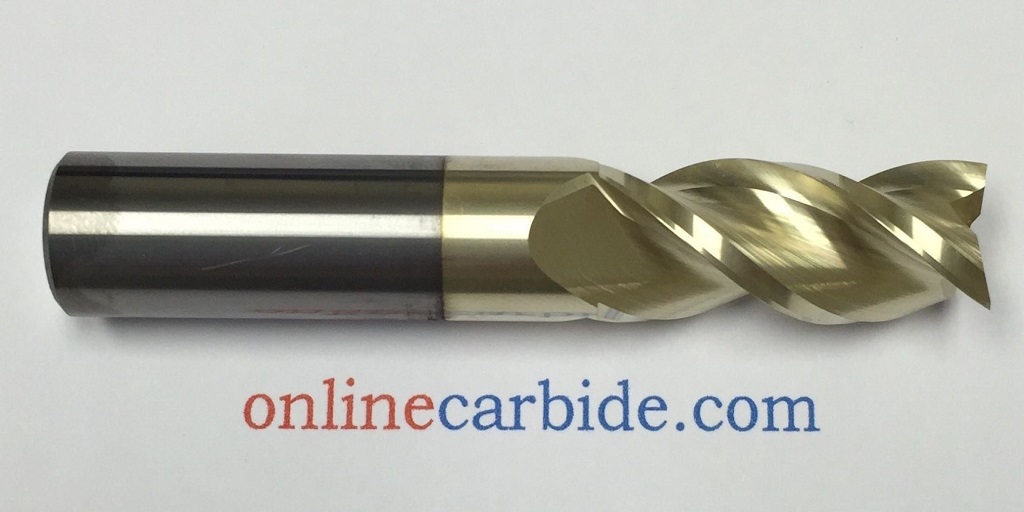In our quest to widen profit margins and increase productivity, we often wonder if tool materials really make the impact they claim to bring with them. There are many things we can do to, for example, reduce cycle times, increase tool life, and make sure we end up with a taller pile of finished parts at the end of each shift.
However, we still hear many who are unconvinced that carbide cutting tools will have any impact on productivity due to their higher costs when compared to steel-based cutters and drills. So, we asked the question, “Why are carbide cutting tools so expensive?”
The main reason why carbide cutting tools are more expensive than their steel-based counterparts is that they are made from a harder material. Carbide is an extremely hard material that is used in many industries for a variety of applications. This hardness comes at a price, however, as carbide is more difficult to machine than steel.
This difficulty in machining means that carbide cutting tools must be made with a higher level of precision to function properly. The tight tolerances and specific features required of carbide cutting tools add to their cost, as these features can only be achieved through the use of expensive, specialized equipment.
In addition, the raw materials used to make carbide cutting tools are also more expensive than those used for steel-based tools. Carbide is made from a combination of carbon and other elements such as tungsten, cobalt, or chromium. The cost of these raw materials has been on the rise in recent years, which has only added to the expense of carbide cutting tools.
Despite the higher cost of carbide cutting tools, the benefits they offer in terms of productivity and profitability are hard to ignore. When used properly, carbide cutting tools can significantly reduce cycle times and increase tool life, leading to increased output and lower production costs.
For example, carbide cutting tools provide incredibly higher temperature tolerances than their steel-based counterparts. This increased tolerance means that carbide tools can be used at higher speeds and for longer periods without experiencing tool failure, even during dry-cutting operations.
The increased hardness of carbide also allows these tools to maintain a sharper cutting edge for a longer period of time, which leads to reduced wear and tear as well as less need for frequent sharpening or replacement. In fact, some carbide cutting tools can last up to 10 times longer than their steel-based counterparts before needing to be replaced.
Sharpness retention also yields more polished finishes. The smoothness of the carbide’s finish also provides several advantages in terms of both productivity and quality. The smoother surface finish provided by carbide tools results in less workpiece distortion and better dimensional accuracy. In addition, the superior surface finish produced by carbide cutting tools can eliminate the need for secondary operations such as polishing, thus reducing cycle times and increasing productivity.
Carbide is also more rigid than flexible steel tools, which increases accuracy and prevents your tool from “walking off” the material you’re machining. This increased rigidity also leads to improved surface finishes, as carbide tools are less likely to chatter or vibrate during use. This rigidity also affects the compressive strength of carbide cutting tools, making them ideal for drilling or applying more aggressive toolpaths and feed rates.
The bottom line is that, while carbide cutting tools may cost more upfront, the increased productivity and profitability they offer make them well worth the investment. When considering new cutting tools for your workshop, visit Online Carbide and check out their great selection of high-performance carbide cutting tools, and extremely competitive prices.
For more information about Variable Flute End Mills and Drill Mills Please visit: Online Carbide.
Hi, I am Adam Smith, Admin Of TechSketcher, Creative blogger and Digital Marketer.
